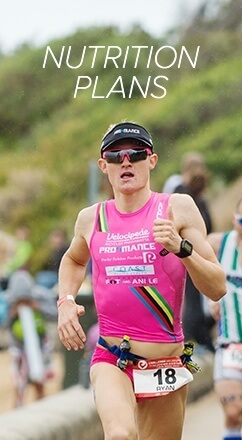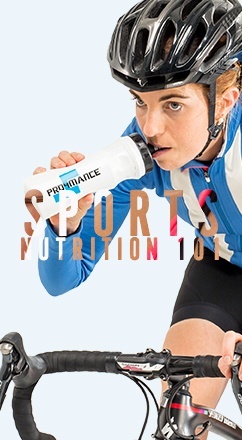Activities of Daily Living results in a loss of water and electrolytes from the body via evaporation from the lungs and skin. This can cause a reduced volume of blood which in turn reduces oxygen delivered to the muscles, causing endurance performance to decline. Reduction of blood flow to the skin reduces heat loss from the body, so the risk of heat stroke increases, especially in a hot or humid environment. The loss of water and electrolytes may also reduce production of sweat, further increasing the risk of heat stroke and dehydration (Hopkins & Wood, 2006).
Dehydration should not exceed 2% of body weight loss during most endurance events (Noakes & Martin, 2002). Dehydration reduces heat dissipation by reducing skin blood flow during exercise, usually resulting in an increased body core temperature (Gonzalez-Alonso et al., 1995). Dehydration also induces cardiovascular strain during exercise, best evidenced by a reduction in stroke volume. Using this reduced stroke volume as a reflection of cardiovascular strain during exercise, Gonzalez-Alonso (1998) has reported that dehydration without hyperthermia reduces stroke volume by 7–8% and that hyperthermia without dehydration also reduces stroke volume by 7–8%. However, the combination of dehydration and hyperthermia elicits synergistic effects in reducing stroke volume by more than 20%.
Hypotonic solutions promote gastric emptying and water absorption from the proximal small intestine (Maughan, 1998). Water absorption occurs largely in the proximal segment of the small intestine, and although water movement is itself a passive process driven by local osmotic gradients, it is closely linked to the active transport of solute. Osmolality plays a key role in the flux of water across the upper part of the small intestine. Net flux is determined largely by the osmotic gradient between the luminal contents and intracellular fluid of the cells lining the intestine (Gisolfi et al., 1990).
It is recommended that sodium (23-69 mg/100mL, 10-30mmol/L) be included in fluids ingested during exercise (ACSM et al., 2007; ADA et al., 2009). The addition of sodium improves taste while also stimulating the osmotically dependent dipsogenic factors (thirst) that increases voluntary drinking, thus minimizing involuntary dehydration (Wemple et al., 1997). Absorption of fluids that enter the intestines is more rapid when sodium is present.
Magnesium is involved in adenosine triphosphate (ATP) production from fatty acid oxidation, postcontractile muscular relaxation, and bone remineralization. Low magnesium levels can acutely contribute to early fatigue, nausea and muscle cramps (Altura et al., 1996). Athletes lose magnesium through sweat, usually at a rate of, 0.8mmol /L (range 0.2-1.5mmol /L) (Sawka & Montain, 2000; Criswell et al., 1992).
Potassium is present in intracellular fluid and is responsible for regulating total cell water and stabilising controlled/automatic muscle contractions. It is lost through sweat and urine at a rate of 5mmol/L (range 3-15mmol/L) (Sawka & Montain, 2000; Criswell et al., 1992). During exercise, cells lose potassium during muscle contractions, which eventually increase serum levels instigating fatigue. Potassium intake during exercise increases markers of recovery via muscle cell hydration and prevents intracellular dehydration (Tarnopolsky et al., 1996).
Phosphorus is intimately involved in a number of metabolic pathways. Phosphate is the major anion of intracellular fluids and the proportion of intracellular phosphate available for energy metabolism depends upon the extracellular concentration (Brazy & Mandel, 1986).



